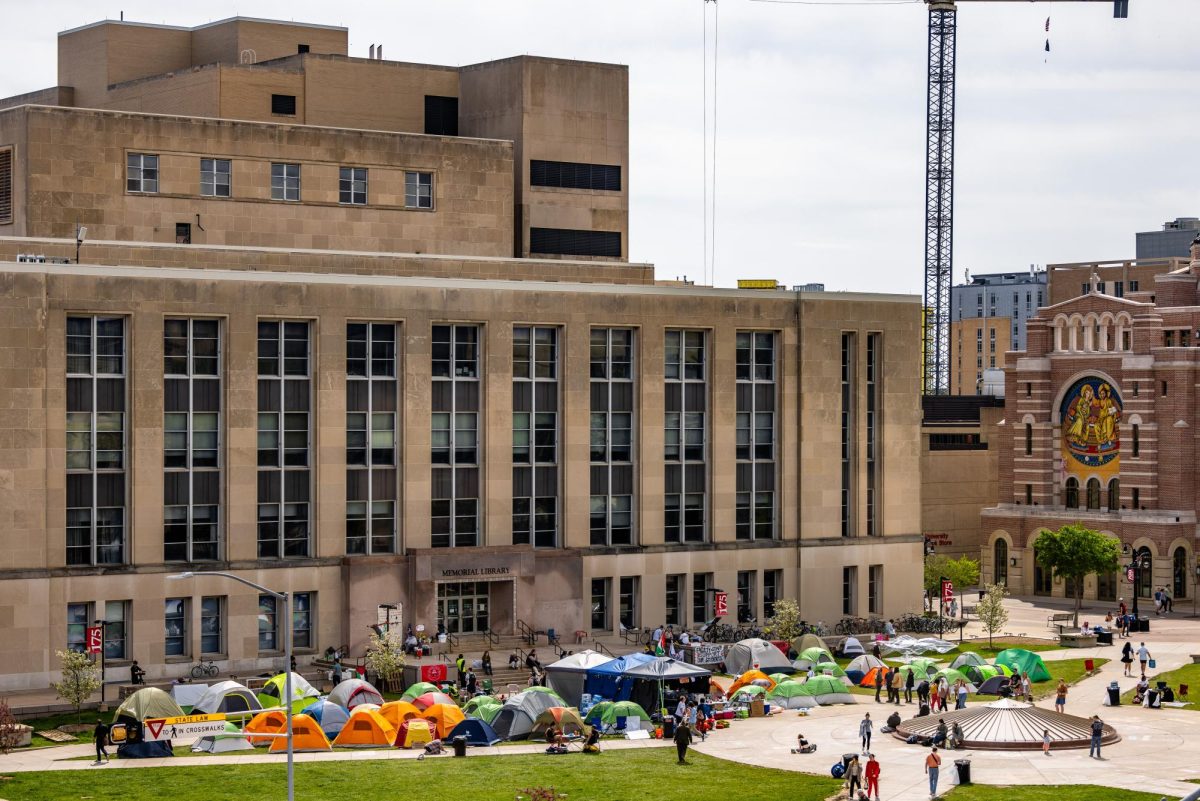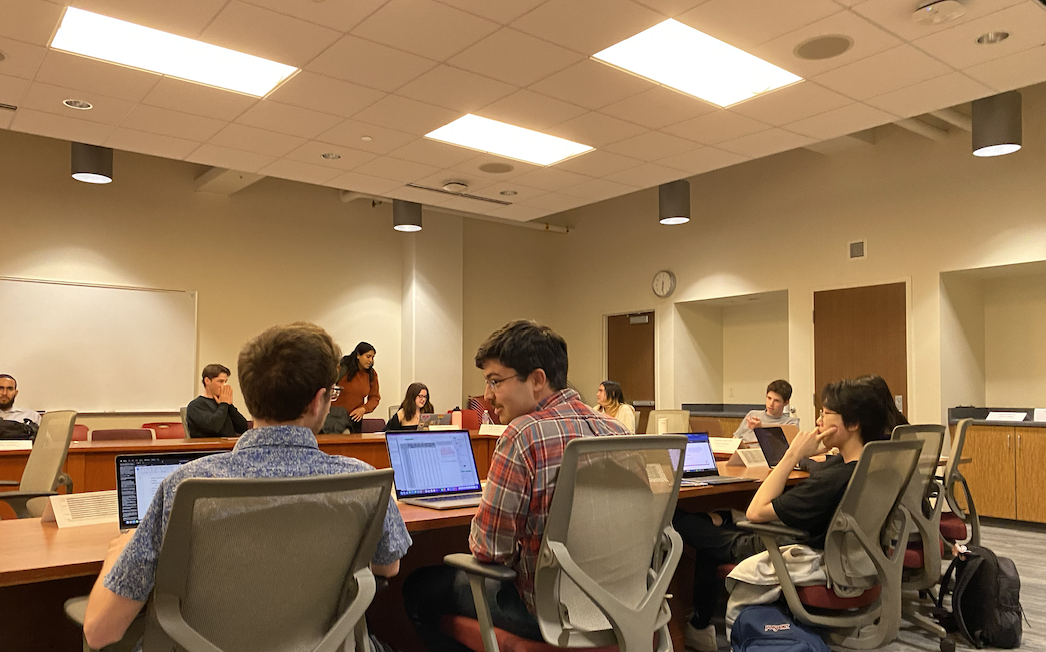Tuition hikes don’t surprise Lindie Paquette.
After paying her way through college for more than three years, the University of Wisconsin senior said she expects a consistent jump in her schooling costs. In fact, Paquette is forced to always bank on tuition increases while planning all her finances for the year.
But while Paquette is busy balancing at least one job on top of all her schoolwork, life is a little different for Craig Schiller — a UW junior whose monetary concerns extend no farther than his own personal expenses.
“My parents, from when I was young, said [we should not] be frivolous with money so we could go through school,” he said. “My role in the finances is to make sure I do well academically.”
He said a 4 percent tuition hike is “no big deal,” though he sees how it could bruise a low-income family’s budget.
“Although it doesn’t have a huge effect on me now, I see [how] it could in the long run,” Schiller said, adding he suspects his future children could face similar budgetary issues. “It’s a relief not to worry about [that] now.”
The two students represent a trend that is polarizing the student demographic of the UW System — a growing divide between the haves and the have-nots.
Rising tuition costs are threatening to box out low-income students, leaving only those from middle- and high-income families able to meet the growing financial demands, said Clifton Conrad, a professor in the UW School of Education.
“I think there’s a very real danger this will become a high-end university at the expense of [socioeconomic diversity]”, Conrad said. “The quality will suffer in the sense that we will lose those diverse voices …”
And according to UW reports, the pattern is not going away.
14.5 percent of Wisconsin ACT takers who enrolled in the UW System in 1992 were in the lowest income group, reported a May 2003 bulletin from the UW System Office of Policy Analysis and Research. By 2000, that figure dropped to 12.6 percent.
The lowest quintile is defined as students coming from families with annual incomes of $30,000 or below.
In 2000, the access rate for that group stood at 37.7 percent. But for those coming from a middle-income background, the figure was 46.4 percent, and just over 50 percent for students of families earning more than $60,000.
Another UW System report titled, “Access to the UW System: Service Rates by Family Income,” stated, “[F]amily income is a key variable in determining who applies to and enrolls at a UW institution.”
The average cost of attendance at a UW institution requires more than half of a $30,000 income, according to the 2001 report. Need-based grants erase only one quarter of that proportion.
As Conrad points out, state support for the UW System has taken a spiraling dive.
Legislators justify the budget cuts by arguing, “you’re the one benefiting from higher education,” he said.
“It’s clearly become a challenge of affordability.”

















